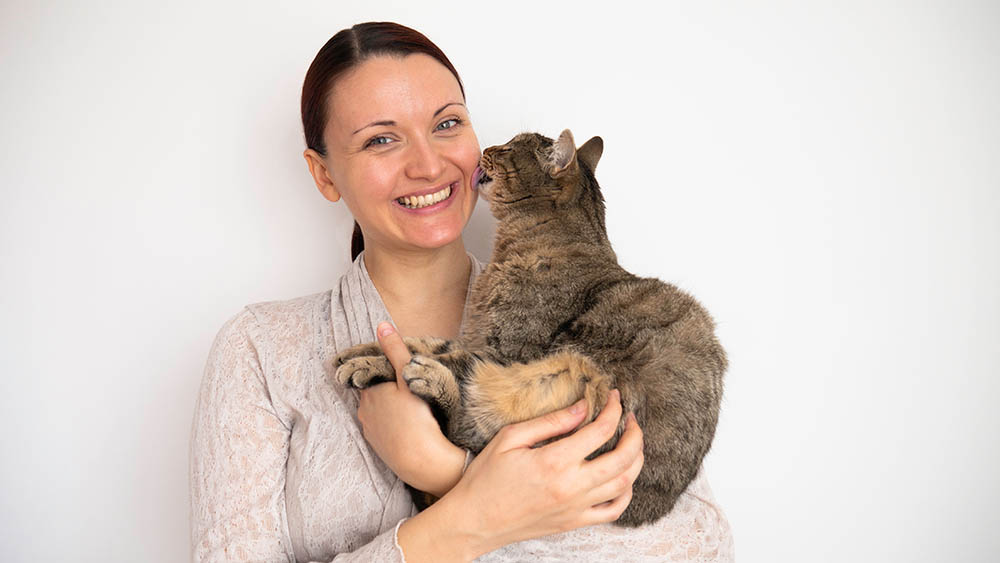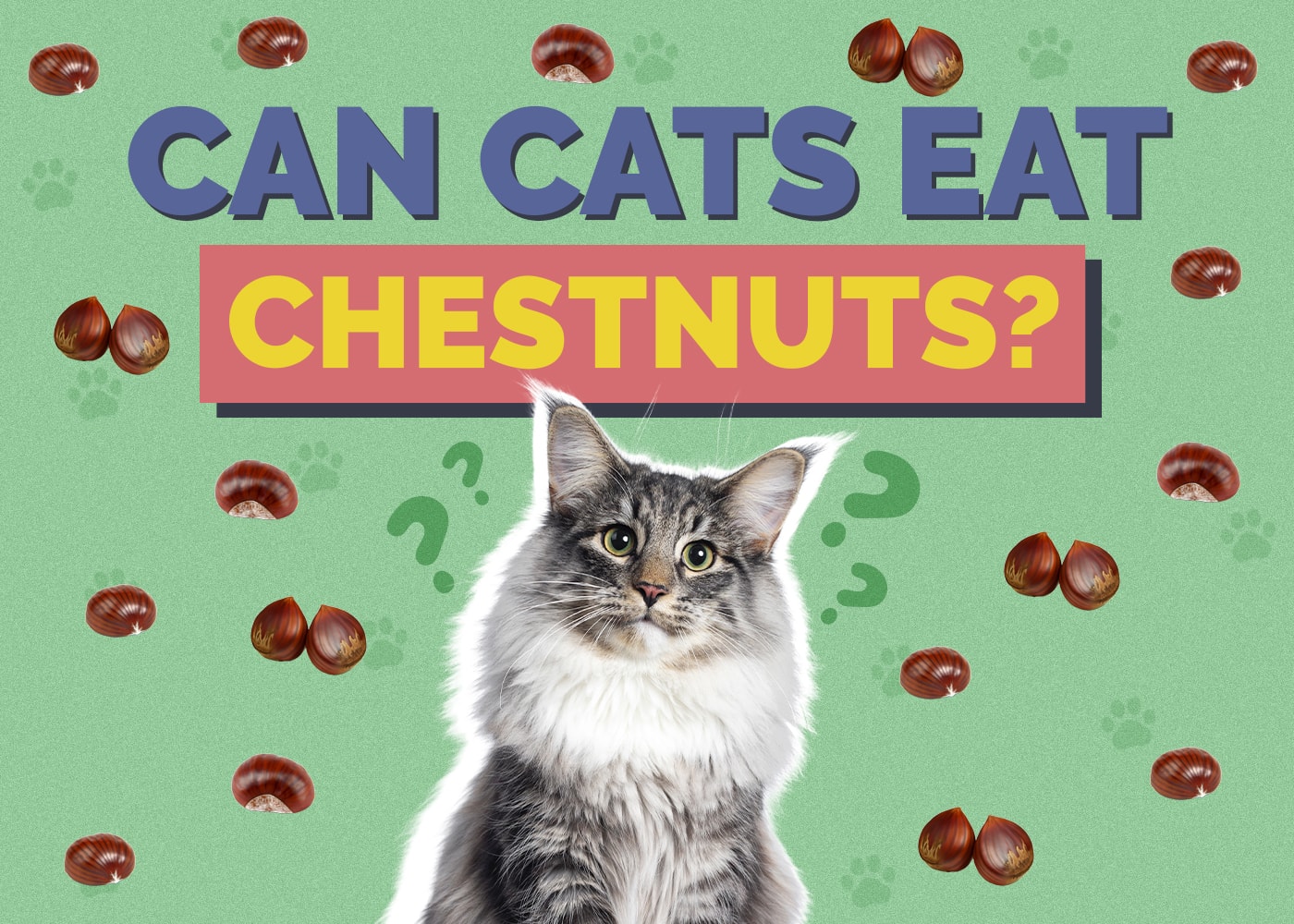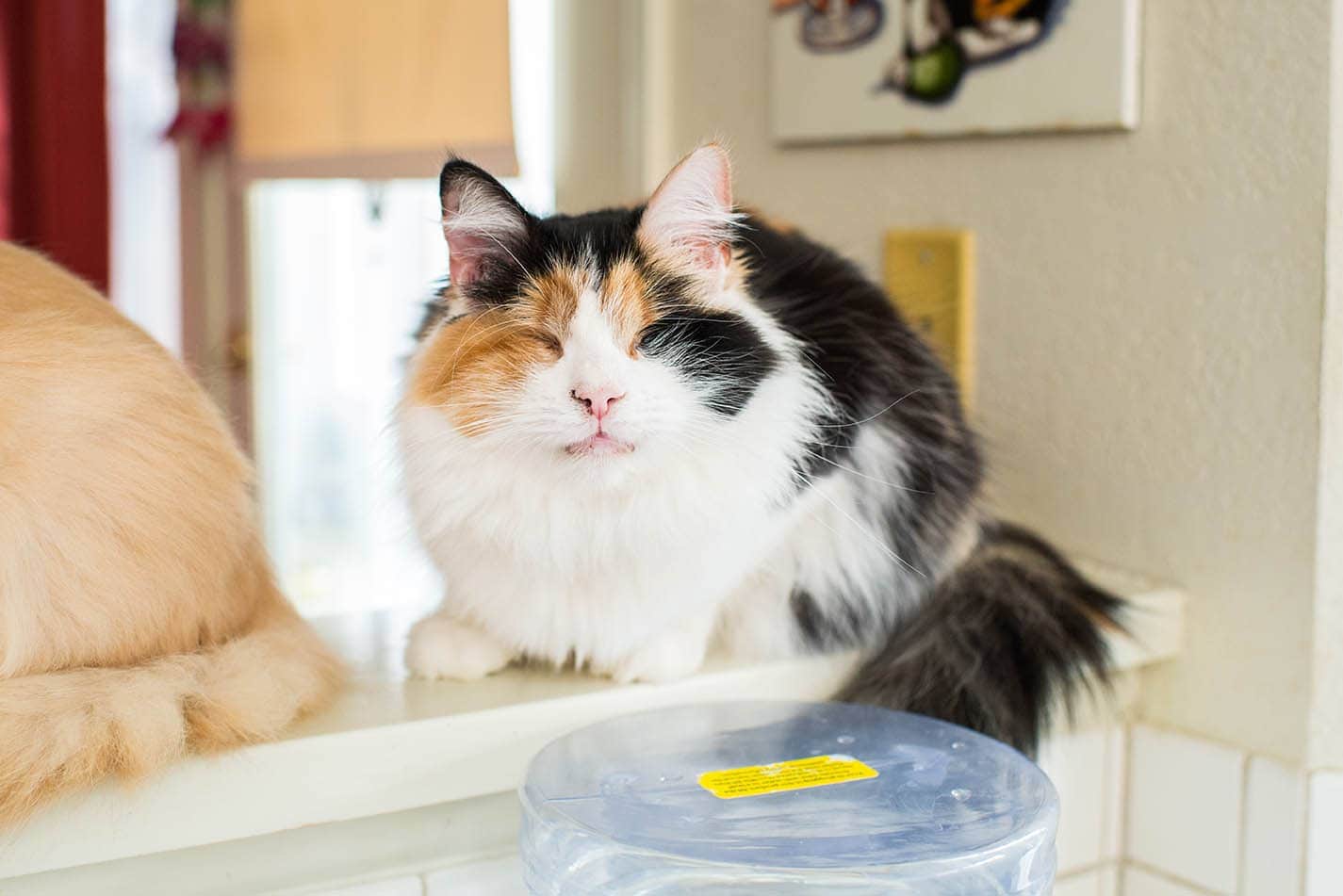Can Cats Eat Kale? Vet-Reviewed Nutrition Facts & FAQ
Updated on

You can find a great deal of misinformation on the internet about feeding kale to cats. While many websites will state that it’s perfectly safe, this isn’t actually true. Kale contains oxidizing agents that will affect your cat’s red blood cells and can cause Heinz body anemia.
Basically, this sort of anemia occurs when the red blood cells become damaged. Your cat is making red blood cells properly, but they are becoming damaged and unusable. You can see these damaged cells underneath a microscope, which is how veterinarians can make a quick diagnosis.
There are many different causes for this condition. Usually, it is caused by something that your pet ate, including kale. Onions and certain medications can also cause a similar problem. Some underlying conditions, like diabetes, hyperthyroidism, and inherited disorders, can also cause damage to red blood cells.
In the end, do not let your cat eat kale. Kale should be avoided because of its link with this condition.
How Much Kale Is a Problem?
We don’t know exactly how much kale it takes to cause Heinz body anemia in cats. There have not been any studies on kale’s potency in cats. However, any amount will start to cause damage to red blood cells. The question is how much it takes before the cat starts showing signs and potentially dies.
A small amount of kale likely isn’t going to be a problem. However, if your cat has a small body weight, a small amount of kale may bother them.
Your best bet is to contact a vet after your cat has eaten kale. They may want you to come in right away or wait and watch for signs, but it depends on the size of your cat and the amount of kale that your feline has eaten.

Signs That Your Cat Has Had Too Much Kale
There are several ways to tell that your cat has had too much kale. First, they may have a sudden onset of weakness, as their muscles and organs are unable to get the proper amount of blood and oxygen. Red blood cells carry oxygen. So, if they start to become damaged, your cat’s body won’t be able to get the proper amount of oxygen that it needs, causing weakness.
High kale consumption may also cause a fever and sudden loss of appetite. A cat’s digestive system won’t work properly because of the lack of oxygen, so they won’t experience normal hunger signs.
Due to the lack of red blood cells, you may notice your cat’s lips, mouth, and gums losing color. They will become pale, as their usual pinkish color is caused by red blood cells. When they become damaged, this pinkish color will no longer be apparent.
In extreme cases, you may also notice a discoloration of your cat’s skin for the same reason. Some of their skin color is attributed to the redness of their blood. Without red blood cells, their skin might be a little paler than normal.
You may notice red blood in their urine too. It may be a reddish-brown color.
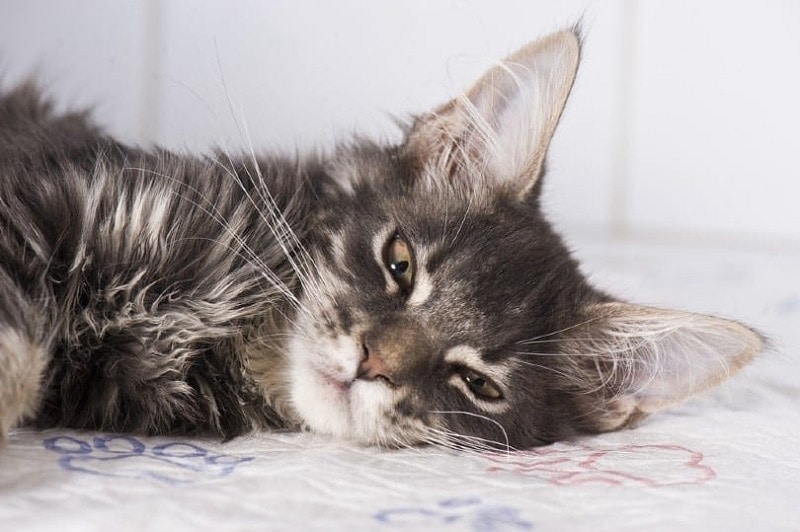
What Is the Treatment for Too Much Kale?
If your cat consumes too much kale, veterinarian care is essential. Your vet will have to identify Heinz body anemia. Usually, they will do a complete red blood cell count first, as this will help determine the cause of your cat’s symptoms. Your vet will be able to see damaged red blood cells under a microscope.
In some cases, your vet may run a methemoglobin test to determine the exact level of oxygen in your cat’s bloodstream, which is essential for determining treatment.
Some cats can have a significant number of damaged blood cells in their body before they start showing symptoms, while others may show signs quickly. Therefore, the number of red blood cells that your cat has isn’t always directly linked to their signs.
Often, the vet may attempt to cause vomiting if it has only been a short time since the kale was consumed. Activated charcoal may also be used to prevent the absorption of toxins.
If the case is severe, your feline may need a blood transfusion and oxygen. Hospitalization is common in many cases. Supportive therapy like IV fluids may be used if your feline is not eating or drinking properly.
Once the crisis is adverted, prognosis is quite good. If kale is the only cause of the illness, simply not letting the cat have any more kale will prevent it from occurring again.
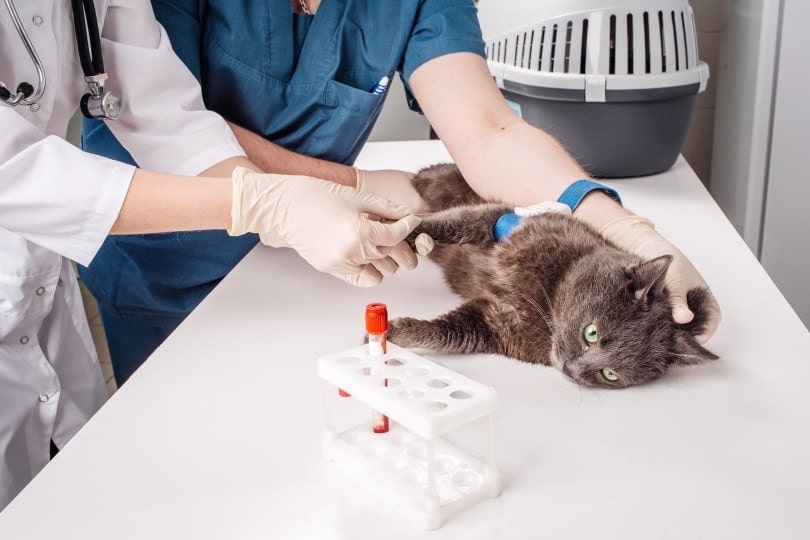
Can Cats Eat Fresh Kale?
The freshness of the kale doesn’t matter. It isn’t the freshness that makes it toxic. Therefore, you should avoid feeding your cat any kale at all, as it can cause anemia in higher amounts.
While kale does have many vitamins and minerals, the possibility of anemia simply isn’t worth it. Your cat’s body needs oxygen to function. If their red blood cells cannot provide it, the cat will become anemic and can eventually develop severe symptoms.
If your cat eats a bunch of kale over a short period, it can cause anemia. However, it may also cause issues if your cat eats a little bit over time. Therefore, you should not add kale to their food, even if they do not show any symptoms at first.
Each cat reacts to kale differently. Some show signs right away, though they are not that anemic. Other cats hardly show signs at all until they are in bad shape. Therefore, don’t misinterpret your cat’s lack of signs as a sign that they aren’t actually anemic.
Furthermore, raw kale contains oxalic acid, which binds with certain minerals and causes them to crystalize. These crystals can damage parts of the body and cause inflammation, which can lead to all sorts of different illnesses later. They can also cause kidney stones.
Now that you know what you can safely feed your cat, it’s just as important to find a bowl that supports their health and well-being. With whisker-friendly bowls and a wide tray to catch any spills, our Hepper NomNom Cat Bowl is our favorite option.
Final Thoughts
Cats should not eat high amounts of kale at all, though cooked kale is safer than fresh kale. Kale contains chemicals that can damage red blood cells, causing anemia. This can be quite serious if your cat eats a large amount of kale at once. Even if your cat doesn’t develop severe anemia, even minor anemia can be a problem if it occurs for an extended period of time (like if your feline is eating kale as a part of their regular diet).
Cats don’t always show symptoms of anemia right away. Just because your cat seems fine after eating kale doesn’t necessarily mean they are, and it doesn’t mean it’s safe to keep feeding it to them.
Cats evolved to hide their symptoms when sick, as this made them less prone to attacks should they be caught in the wild. Obviously, this isn’t much of a problem for domestic cats. However, they still hide their signs like they’re afraid of being attacked.
While cats can have certain veggies, these shouldn’t make up a large part of their diet. As obligate carnivores, cats do much better if they are given foods high in fat and protein, like meat and other animal products.
See also:
Featured Image Credit: MissSuki, Pixabay




